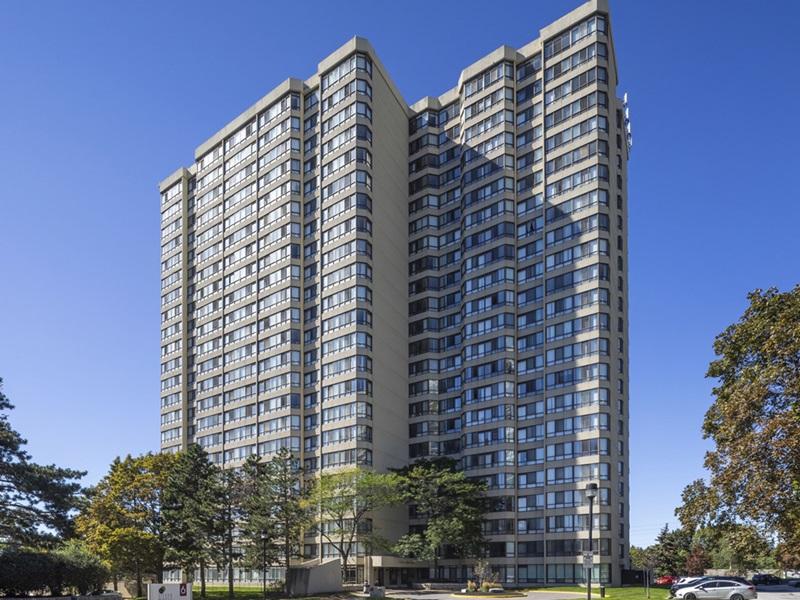Infrastructure Canada is taking applications from municipalities across the country for its Smart Cities Challenge.
CATA, the Canadian Advanced Technology Alliance, says Canada must seize the “opportunities to build on our leadership in urban transformation.” Toronto’s waterfront is about to get a smart cities transformation thanks to Google’s Sidewalk Labs.

Columnist John Clark says our smart cities initiatives should set out to fulfill specific requirements of urban living.
It’s all the rage, this smart city thing.
But this should beg some questions: Are today’s cities “dumb” to begin with? What defines a city as “smart?” And what should a city provide to its citizens anyway?
Let’s start with that last question. To my mind, urban dwellers need five things: a place to live, food to eat, ways to play and take their leisure, means to get around, and a form of employment/income.
How cities work hasn’t changed in a century
Cities continue to grow — they show no sign of stopping. More than half of the human population now lives in a city.
When I was a kid, you could walk from one side of the City of Ottawa to the other in 90 minutes. Now, through population growth, new development and amalgamation, Ottawa is the largest (geographically speaking) city in Canada.
We still live in an urban society defined by the mass production and mass adoption of the automobile. Urban design for just over a century has been focused on cars, roads, highways and parking lots thanks to Henry Ford and the Model T. People increasingly travel greater and greater distances for work and for pleasure.
That leaves us continually struggling with new twists on old problems.
Congestion is nothing new to cities. If you think traffic congestion is unique to motorized transportation, think again — I read an article about Paris in the late 1700s challenged by traffic jams from the number of carriages driven by the wealthy. Now, virtually everyone has access to the use of a car and the traffic situation has just grown larger.
So, we still have issues with traffic and transportation. We have people travelling further for work and to have fun. The cost of housing in many cities is putting pressure on income and encouraging many to look further afield to live.
People still need to eat – survival in a city depends on the constant import of foodstuffs. It would take grocery store shelves only a few days to empty if supply were disrupted.
How do smart cities address these challenges?
Much of the language around the concept talks about digital connectivity – ubiquitous wireless broadband Internet. And yes, this is invaluable as people increasingly rely on the Internet to shop, bank, socialize and entertain themselves.
Businesses too obviously need reliable, high-speed connectivity to do business with anyone, anywhere. It enables teleworking, so people don’t have to leave the house to go to work and employers can reduce real estate costs by having fewer workstations.
But hasn’t this challenge already largely been met for cities large and small?
The last great Digital Divide is faced by remote communities, such as those up north. If we have yet to take full advantage of what digital connectivity in the urban setting can do for us, it’s because we just need to change our habits and our views on work – the infrastructure is already there.
But what about creating greener real estate, to reduce energy usage and waste?
Yes, this is certainly a smart thing to do, but we already have standards developers have embraced, such as Energy Star, LEED and BOMA BEST. Building to these kinds of environmental benchmarks is already becoming table stakes to win over a more socially conscious and discerning consumer.
The intent and the tools are already there. The tools do continue to change as new technologies and capabilities are developed, but just like the Model T, market forces will drive their adoption.
When you think about it, “smart city” seems like an attempt to label a broad socio-economic trend that has been happening organically for some time through a combination of changing values, new technologies and responsive public policy decisions.
Just a bunch of bafflegab?
Consider what Google, through its Alphabet subsidiary, has planned for Toronto’s waterfront:
A place “that encourages innovation around energy, waste, and other environmental challenges to protect the planet; a place that provides a range of transportation options that are more affordable, safe, and convenient than the private car; a place that embraces adaptable buildings and new construction methods to reduce the cost of housing and retail space; a place where public spaces welcome families to enjoy the outdoors day and night, and in all seasons; a place that is enhanced by digital technology and data without giving up the privacy and security that everyone deserves.”
Is any of this really new?
There are a bunch of motherhood statements here that, frankly, sound like a lot of bafflegab. If anything, Google is promising benefits that represent incremental gains rather than paradigm shifts.
What I want to understand is if there will be a profound shift in the way cities have operated for the last century.
Can we, for example, make a city self-sufficient through urban agriculture so it isn’t reliant on that steady stream of transport trucks packed with groceries? Will the falling cost of electricity and the efficiency gains in battery and renewable energy technologies make it feasible in the near future to have only electric vehicles on streets and highways to cut urban air pollution?
We need real disruption
Concrete objectives such as these focus on real and disruptive change related to one or more of those five things people need from a city. This is what should underpin a smart cities initiative.
Now don’t get me wrong, I am not a Luddite – to the contrary – nor am I against any of these ideas espoused by a smart city plan such as that outlined for Toronto by Google.
But if by “smart city” we mean an initiative that seeks to lever millions of dollars from industry and public sources (meaning you and me as taxpayers), let’s aim for something as disruptive as the Model T, instead of just gaining a few more yards in a game we are already playing.
To discuss this or any valuation topic in the context of your property, please contact me at jclark@regionalgroup.com. I am also interested in your feedback and suggestions for future articles.







